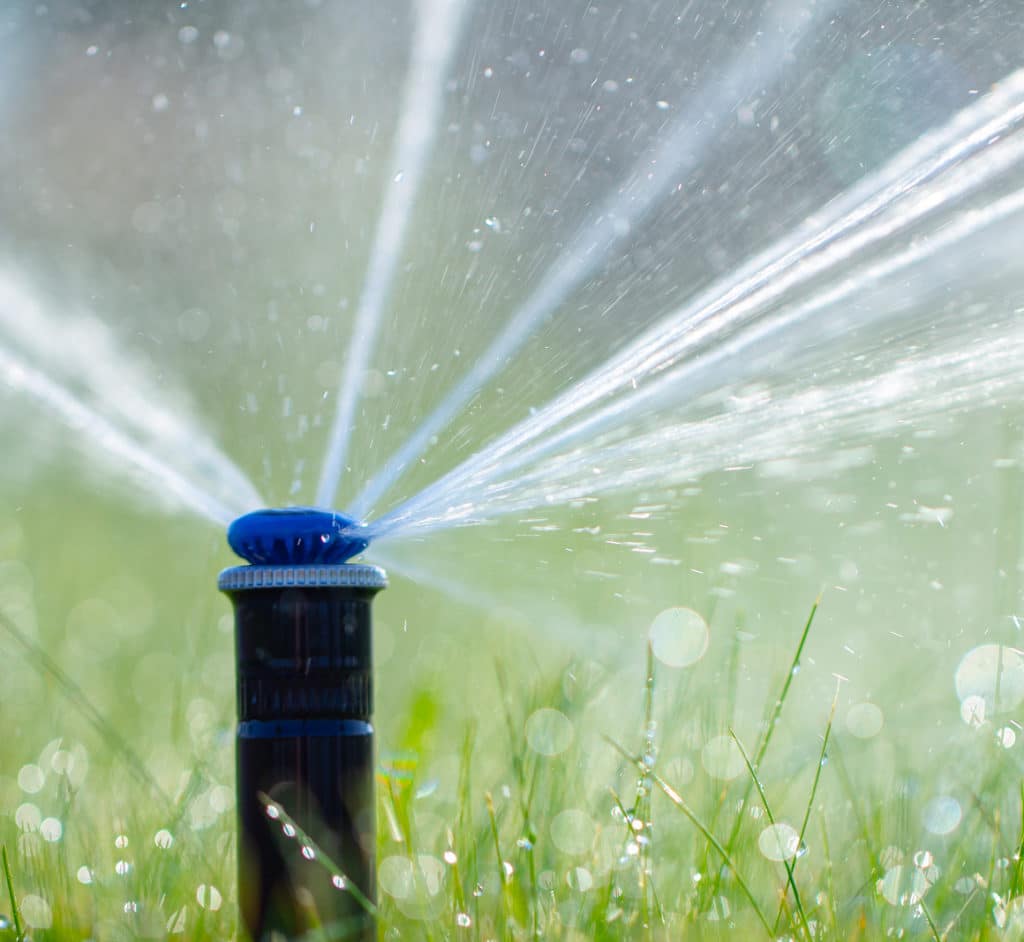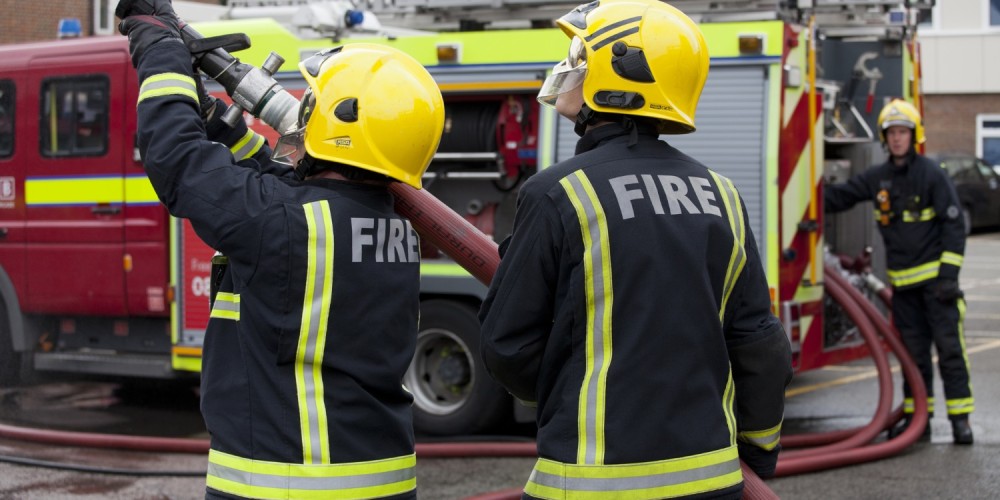Fire safety is critical for any organization. Uniting equipment and skill development is an ideal solution to mitigate fire risks. Sprinkler systems and fire brigade training offer comprehensive safety to provide reliable defense.
Understanding How Sprinklers Work
Fire protection networks are designed to extinguish fires efficiently. These systems respond to high temperatures to prevent fire spread. Water dispersion units provides localized protection, optimizing water use.

Main parts of fire safety networks include:
- Water release mechanisms: Activate to combat flames.
- Fire protection pipes: Maintain water pressure.
- Fire suppression controllers: Manage fire detection.
- Backup tanks: Provide reliable water sources.
The Importance of Emergency Preparedness
Beyond the capabilities of sprinklers, organized responses ensures better outcomes. Preparedness drills equip staff to act quickly and support automatic systems.

Key features of firefighting training include:
- Risk assessment: Teaching participants to recognize hazards.
- Evacuation route drills: Planning organized exits.
- chuveiro automatico ou sprinklers
- Firefighting skills: Gaining practical experience.
- brigada deincêndio
- Emergency collaboration: Enhancing communication during crises.
The Synergy Between Technology and Preparedness
Uniting fire suppression tools with trained teams offers unparalleled protection. Given the efficiency of sprinklers, organized responders manage complex situations.

Together, these systems provide peace of mind in residential buildings, offices and businesses, and industrial facilities alike.
Why Sprinklers and Training Are Essential
Sprinkler systems and fire brigade training provide unmatched fire safety. Investing in these measures safeguards communities for critical situations.
Ensure a safer tomorrow by acting today by organizing emergency response programs. Your safety depends on both systems and skills!
Comments on “Why Fire Safety Technology and Emergency Response Training Are Critical”